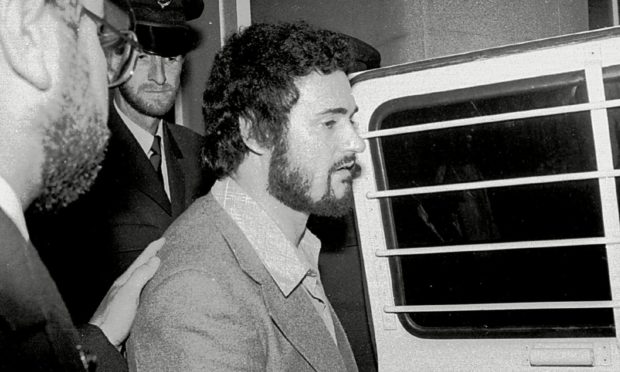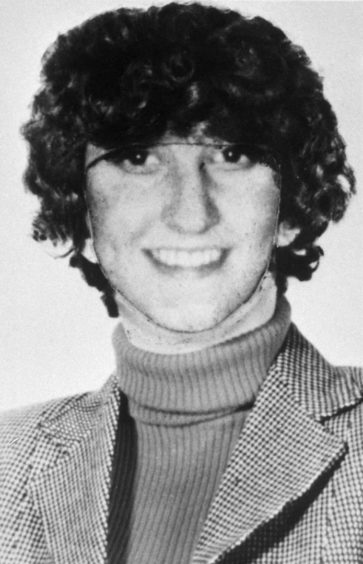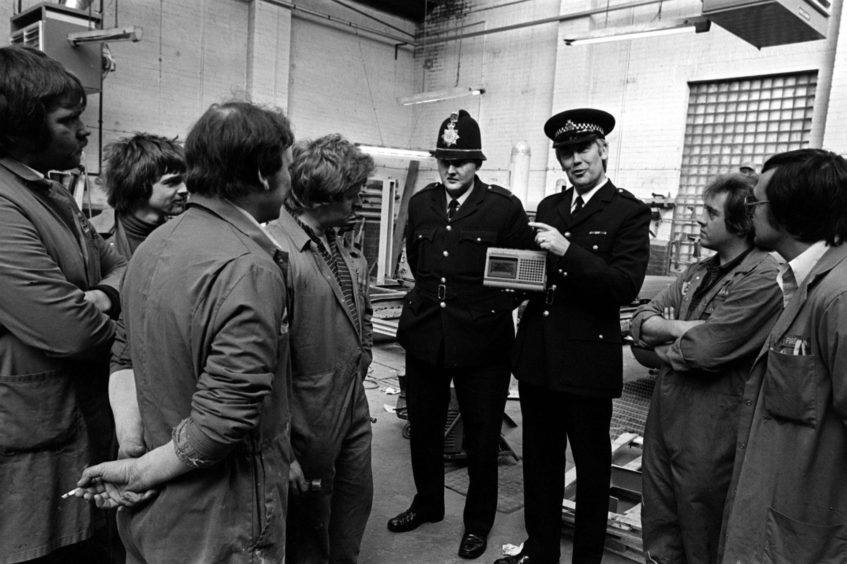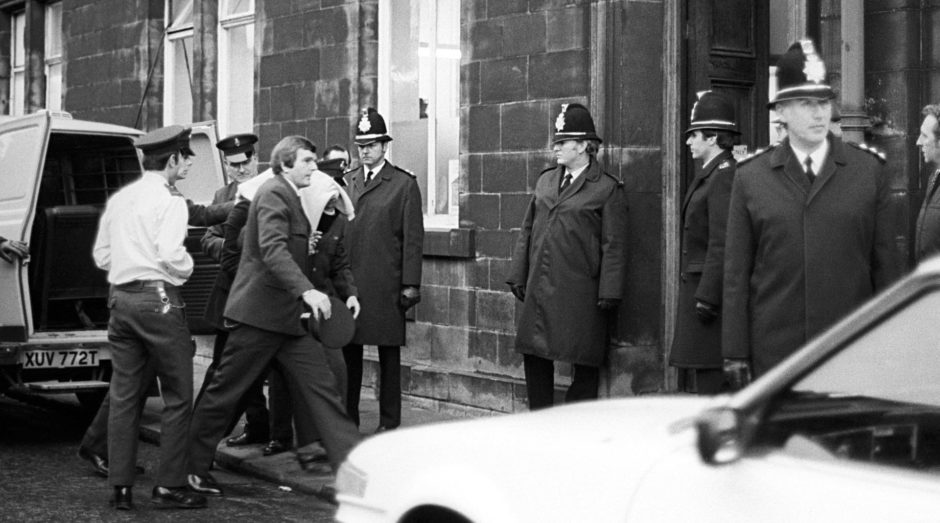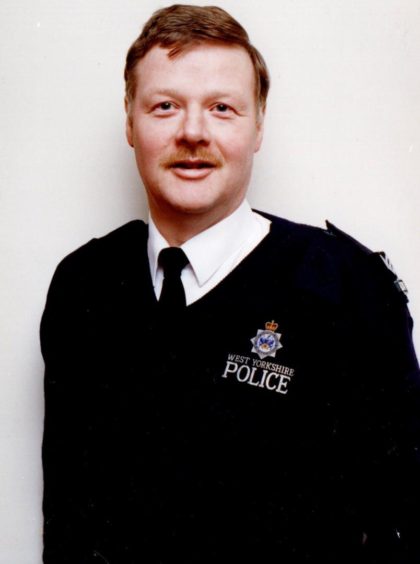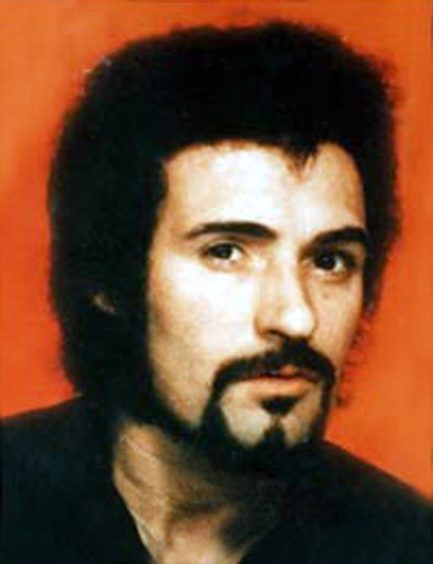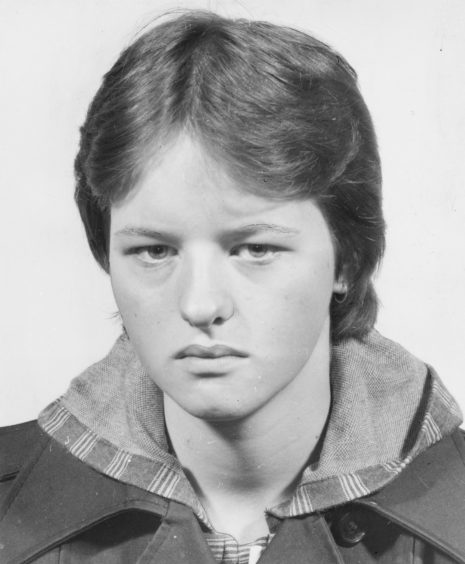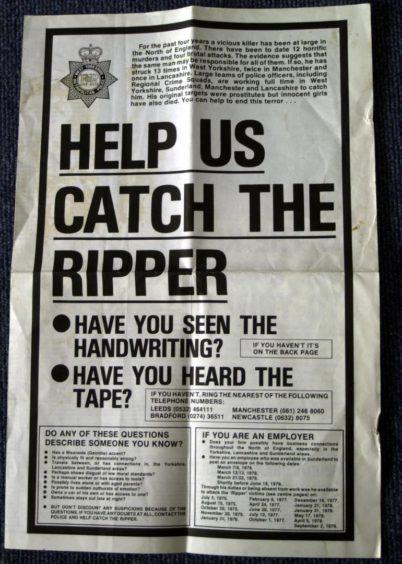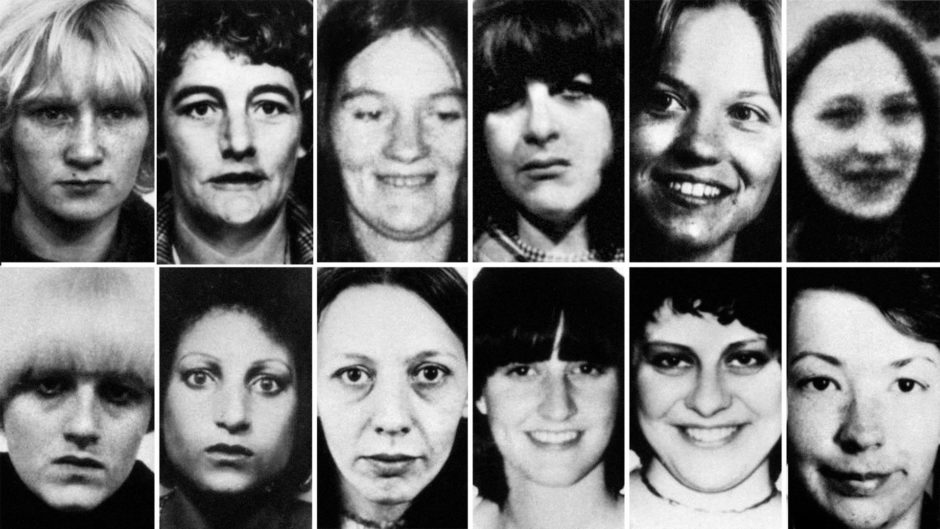A retired police officer from Tayside has shared chilling memories of being involved in the hunt for the Yorkshire Ripper.
Patrick Anderson, who lives in Letham in Angus, moved to West Yorkshire Police from Strathclyde Police in April 1979 at the height of the search for the serial killer and worked on the Ripper case in Bradford’s red light zones.
Mr Anderson said he wouldn’t be shedding any tears for Sutcliffe who brought terror to the streets of Yorkshire before he was eventually convicted of murdering 13 women and the attempted murder of seven others.
Josephine Whitaker
Just a few weeks after Mr Anderson arrived from Scotland, Josephine Whitaker became Sutcliffe’s 10th victim in Halifax.
A few months later a string of taunting letters and a fake tape with a distinctive Sunderland accent sent the whole Ripper inquiry in the wrong direction.
“I started my police career in the West Riding Constabulary in 1966,” said Mr Anderson.
“I worked in Lanarkshire and Strathclyde before I asked for a transfer back to West Yorkshire Police in March 1979 at a time when the country was gripped by fear with the Ripper seemingly killing at will.
“I arrived in Keighley and realised how women were terrified to go out alone.
“The fear was obvious and even my then wife was worried and it became second nature that you would not travel alone at night.
“During my foot patrol duties in Keighley I met Anna Rogulski who was said to be the first surviving victim of the Yorkshire Ripper after she was left battered and bleeding by Sutcliffe in 1975.
“We now all know Sutcliffe was from Bradford but the hoax tape and letters which arrived from Sunderland derailed the murder hunt and I remember the ‘I’m Jack’ voice was being replayed over and over again in pubs, clubs, bars, shops, factories and on radio and TV.”
Personal message
When the tape arrived it was a personal message to West Yorkshire’s CID chief George Oldfield, which said: “Lord, you are no nearer catching me now than four years ago when I started.
“I reckon your boys are letting you down George. You can’t be much good can ya?”
There were warnings of a hoax from voice experts and other detectives, but Oldfield pressed on, convinced this was his man.
The two-minute recording, which finished with a short burst from the pop song Thank You For Being A Friend, mesmerised the nation.
The vast sum of £1 million was spent on adverts to try to help find Wearside Jack and Mr Anderson unwittingly became part of the biggest goose chase in British criminal history as he played the tape to people in the hope that someone would recognise the Geordie accent.
In the meantime softly-spoken Yorkshireman Sutcliffe went on to murder three more women before he was eventually caught by two officers in a red light area of Sheffield in January 1981 in a car which had false number plates.
The officers who went to Dewsbury police station to interview him looked at the car and found screwdrivers in the glove compartment.
Dumped weapons
The Sheffield officers, meanwhile, hearing Sutcliffe was a Ripper suspect, went back to the scene of his arrest and found a hammer and knife 50ft from where his car had been.
Sutcliffe had dumped the weapons when they allowed him to go to the toilet at the side of a building.
Sutcliffe went on trial at the Old Bailey in May 1981, where he claimed he had been directed by God to kill prostitutes.
Mr Anderson couldn’t escape the shadow of Sutcliffe even after the serial killer was sentenced to 20 concurrent sentences of life imprisonment.
“I was promoted to the rank of Sergeant in February 1984 to Manningham in Bradford where Sutcliffe lived with his wife and in 1985 I followed in his footsteps again when I worked in Bingley which was where he grew up and worked as a grave digger,” he said.
“I think he would have been caught much sooner if we had DNA, CCTV, telephone tracking and computers like we do today.”
Sutcliffe spent several years at Broadmoor Hospital where he was treated for paranoid schizophrenia, before he was transferred to HMP Frankland in County Durham in 2016.
He died on Friday after a battle with Covid-19.
“I’ll shed no tears for the man now he has died,” said Mr Anderson, who returned to Angus in 1999 before retiring.
Did the Yorkshire Ripper kill in Scotland?
The murders spread fear across the north of England but did his killing spree extend into Scotland?
Lorry driver Sutcliffe made delivery runs north of the border and stayed with a 35-year-old girlfriend, Theresa Douglas, in Holytown, Lanarkshire.
Evil eyes
He had met the divorcee in the Crown Bar in the village, near Motherwell, when he made a delivery to the local General Motors plant in 1979.
He eventually made such a good impression on Theresa and her family that they all laughed when he told them he was the Yorkshire Ripper after Theresa’s brother William suggested his eyes looked evil.
Over the years, Sutcliffe has been linked with a number of unsolved killings north of the border, including those of Carol Lannen and Elizabeth McCabe in Dundee.
Elizabeth’s murder in 1980 came just 11 months after the murder of Carol Lannen, whose body was found only yards from the same spot in Templeton Woods.
Sixteen years after nursery nurse Miss McCabe’s murder, Tayside Police instructed a review of both deaths.
The murders were also included in a secret investigation into six possible Yorkshire Ripper attacks in Scotland by then West Yorkshire Police Chief Constable Keith Hellawell.
Cold case expert Chris Clark and journalist Tim Tate investigated unsolved cases from across the UK for a book about Sutcliffe’s “secret murders” in 2015.
Mr Clark, who served with the police from 1966 to 1994, believes Sutcliffe did kill in Scotland while working as a long-distance lorry driver but ruled out a link to the Dundee murders.
Sutcliffe was questioned about a further 16 unsolved murders
A report completed shortly after he was given 20 life sentences found that Peter Sutcliffe could have been responsible for a further 13 offences.
And he said he was questioned in prison about 16 unsolved cases – although no further charges were ever brought.
West Yorkshire Police reviewed historical cases linked to Sutcliffe in the 1982 Byford Report and confirmed in 2016 that officers had visited a small number of people named in the report, but later announced they had no plans to charge him with further matters.
Flawed investigation
The report, written by Sir Lawrence Byford about the flawed Ripper investigation, was completed in 1982 but only made public in 2006.
It said there was an “unexplained lull” in Sutcliffe’s criminal activities between 1969, when he first came to the police’s attention, and the first officially recognised Ripper assault in 1975.
The report said: “We feel it is highly improbable that the crimes in respect of which Sutcliffe has been charged and convicted are the only ones attributable to him.
“This feeling is reinforced by examining the details of a number of assaults on women since 1969 which, in some ways, clearly fall into the established pattern of Sutcliffe’s overall modus operandi.”
In 2017, Sutcliffe wrote a letter to ITV News Calendar presenter Christine Talbot, in which he said he had never attacked or murdered any men.
He denied involvement in attacks on Fred Craven, who was fatally wounded with a hammer in Bingley in 1966, and John Tomey, who survived a hammer attack by a passenger as they drove across moors near Bingley in 1967.
And he said he had been questioned about 16 non-fatal attacks and police were satisfied he was not involved in any of the cases.
In the letter, Sutcliffe wrote: “Yes I did some bad things, but I just want people to know I did not attack or murder any males.
“And with a whole life sentence I’d have nothing to lose, and it would not be in my interest to say I didn’t do it if I did, as I’m in jail till my dying day.”
